Our company of marketing and advice for the use of phytosanitary products located in Abidjan, gives you tips to make the most of its products.
Good Agricultural Practices
Respecting the Good Agricultural Practices, it is to commit to :
- Reduce the risks for the user,
- Reduce the risks for the consumer,
- Reduce the risks for the environment.
Storage of plant protection products
To ensure safety, it is also recommended to optimize the management of product stocks:
- Store the minimum number of products and keep an accurate inventory of the stock.
- Respect the "first in/first out" principle.
- Keep products in their original packaging.
- Keep water-soluble packaging away from all sources of moisture.
- Store powders and granules above liquids.
- Separate flammable and explosive products from other products.
Before processing
Reading labels is an important source of information. The time spent reading labels is never wasted on operator safety and the environment. There are different types of information on labels:
- Approved uses and doses: any use that does not correspond to the indicated use is prohibited.
- The "safety" part with pictograms reminding the classification of the product. The risk phrases (R phrases) warn the applicator about the toxicity and dangers associated with the use. The precautionary statements (S-phrases) provide information on the precautions to be taken.
- Agronomic information: this is essentially advice on application (positioning, application conditions, etc.)
During the treatment
- Wear protective clothing and equipment
- Do not eat, drink or smoke during use
- Keep away from food, drinks, including those of animals
- In case of contact with eyes, wash immediately with water and seek medical advice
- Store only in original, tightly closed containers in a cool, dry and well-ventilated place.
Danger symbols
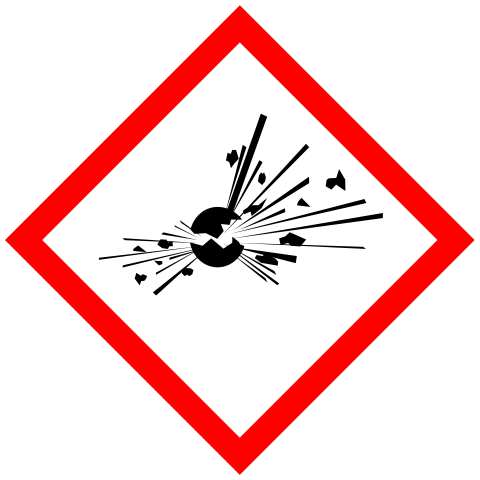
These products may explode on contact with flame, sparks, static electricity, heat, shock, friction
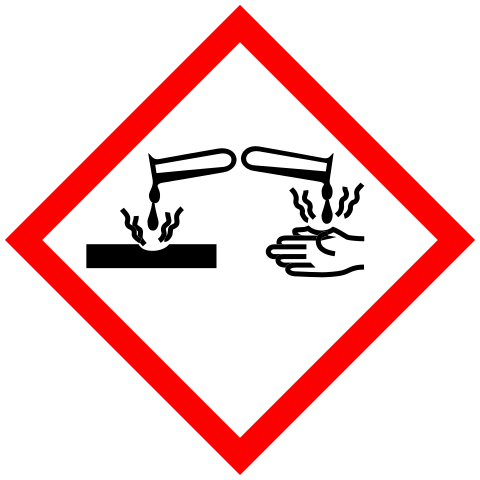
These products are corrosive, depending on the case: they can corrode the skin and/or eyes in the event of contact or projection
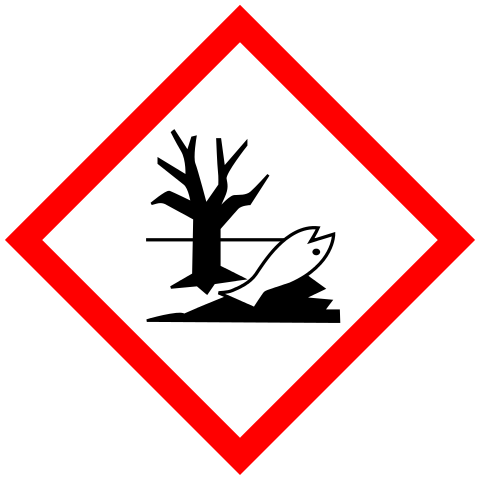
These products cause harmful effects on organisms in the aquatic environment
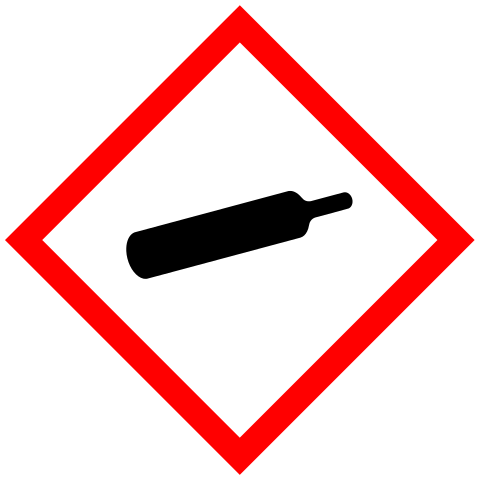
Gas products under pressure in a container. Some may explode when heated
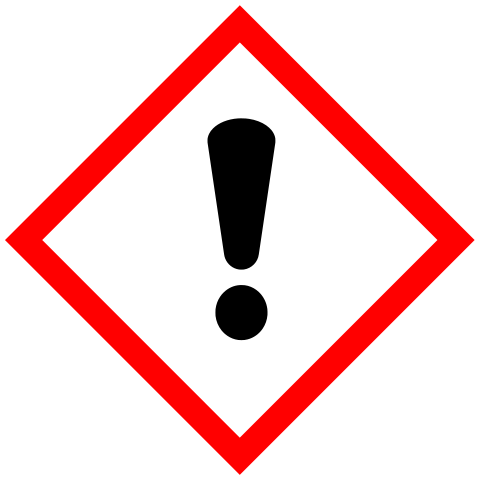
Chemicals with one or more of the following effects: poisonous in large doses, irritating to the eyes, nose or throat, cause allergies, drowsiness or dizziness.
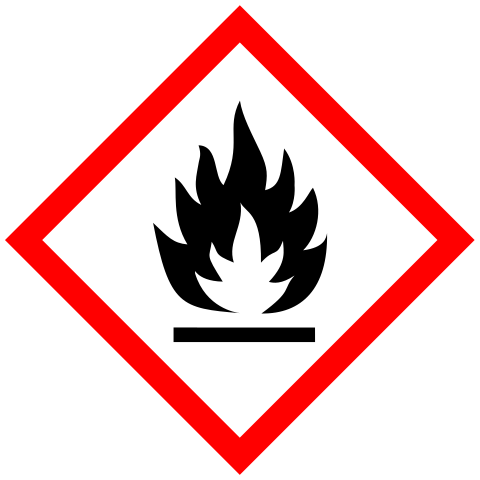
Products that can ignite in contact with a flame, spark, etc...
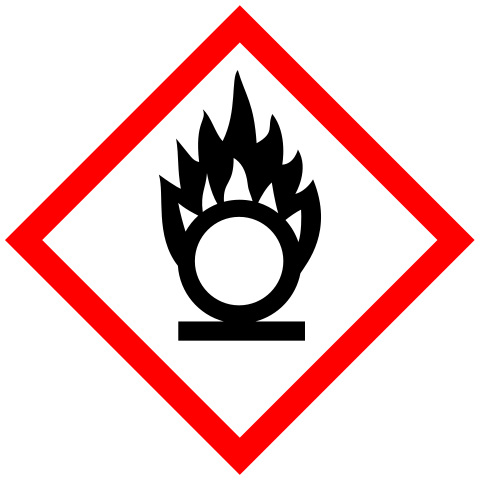
Products that can cause or aggravate a fire.
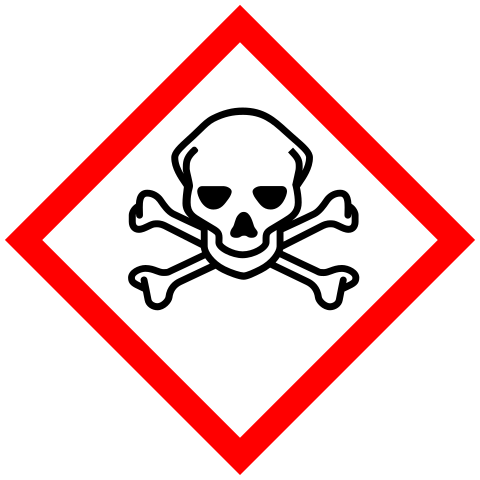
Products that can poison even in small doses.
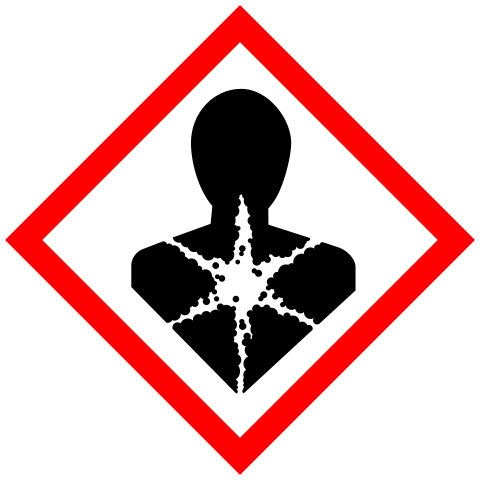
Products that fall into one or more of these categories: carcinogenic or mutagenic, toxic for reproduction; products that modify the functioning of organs (liver, nervous system, etc.), effects on the lungs or fatal if they penetrate the respiratory tract, cause respiratory allergies.
